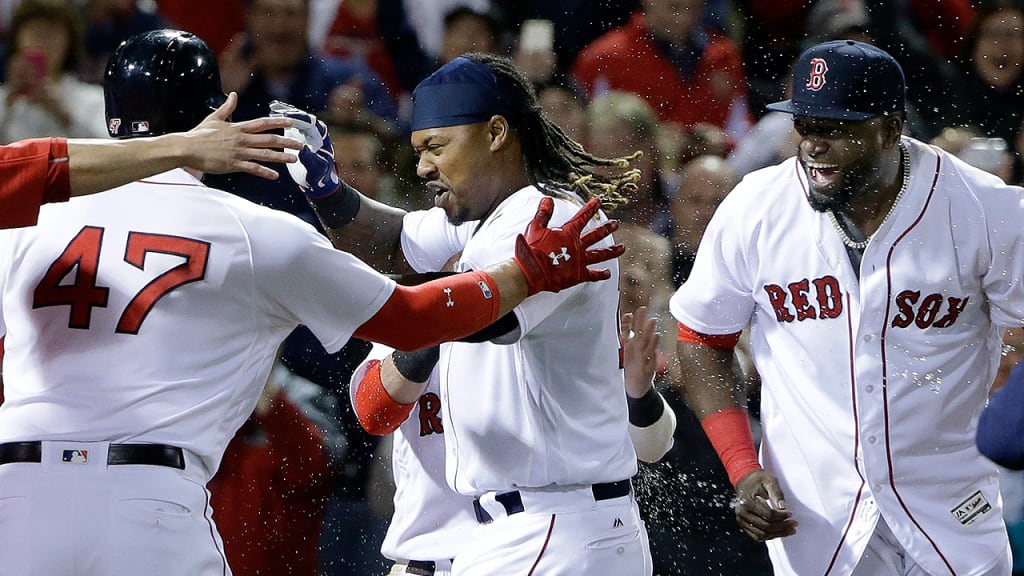
Run differential, as we all know, is a terrific analytical tool. Except when it isn't.
OK, in 2016, run differential would have correctly predicted five out of six division champions. And it would have given us the best team in baseball, the Cubs, who had baseball's best run differential, a magnificent plus-252.
:: View 2016 standings compared to run differential ::
But run differential didn't help us much with the Texas Rangers. Here was the club with the American League's best record (95-67). And yet, the Rangers ranked merely 14th in the Majors in run differential with a measly, barely-break-even of plus-8.
The Rangers defied the run differential rules by doing very well in one-run games. But those count, too, even though in the Kingdom of Run Differential those outcomes are looked upon largely as matters of mere chance.
At the bottom of the heap, run differential didn't tell you exactly which team was worst, either. Run differential's worst team, by a landslide, was the Phillies at minus-184.
But there were seven clubs that had worse records than the Phillies' 71-91. The club with the worst record --- the Twins at 59-103 -- had the second-worst run differential, minus-167.
There has also been an argument that run differential is a better predictor of postseason success than a team's actual record. This year? A tie, a draw, a 50-50 season.
The Cubs, kings of run differential, were supposed to win the World Series, and they did. But the Red Sox, the team with the second-best differential, and the best in the American League at plus-184, were supposed to win the AL pennant.
The Red Sox, however, did not win a postseason game, being swept in a Division Series by the Indians, the eventual AL champs.
So run differential as a predictor of success continued on a path of being very useful much of the time, but occasionally, badly, missing the mark. For a statistic, run differential thus sometimes seems very human.
Here are the division standings, compared and contrasted with the run-differential standings, with the run differential data per Baseball-Reference.com.